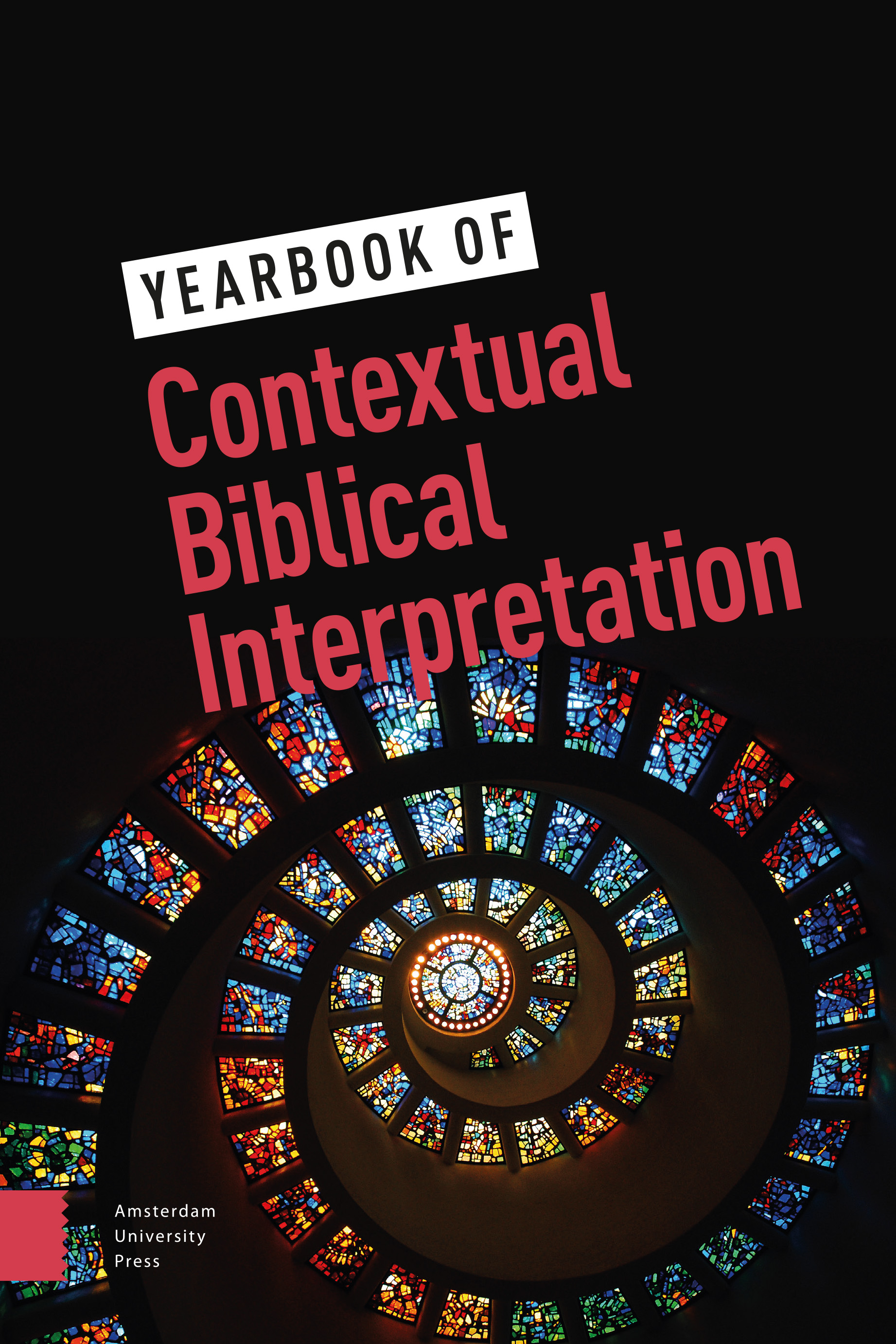-
oa Jesus loves me this I know, DOES the Bible tell me so?
- Amsterdam University Press
- Source: Yearbook of Contextual Biblical Interpretation, Volume 1, Issue 1, Dec 2024, p. 8 - 26
-
- 01 Dec 2024
Abstract
The children’s song “Jesus Loves Me” originated in the nineteenth century. Over the years, “Jesus Loves Me” has become a popular Christian hymn and a well-loved song in Sunday schools, churches, and Christian households around the world. Children are part of families, schools, local and faith communities. Their arrival as infants is welcomed in most cultures and environments across the world. The reality of a fallen and broken world is that many children live and grow into communities which are not safe, welcoming, or capable of nurturing these. This paper reflects on this children’s ministry song’s simple, yet powerful lyrics aimed at conveying the message of Jesus’ love in a way that is easy for children to understand and remember. Through the lens of a somewhat liberal theology and reflecting on the complexity of the marginalized/vulnerable child, I would like to explore what the reality of Jesus’ love in a fallen and broken world looks like when the child is indeed placed at the center of how we are church. Through the lens of the discipline of Child Theology, I further explore what the Bible does say about the child in our midst. Teaching the faith is probably our most difficult task. What children need more than anything else is living faith in Christ. Parents, teachers, and Christian leaders must devote all of their energy and enthusiasm to presenting Christ to their children.


